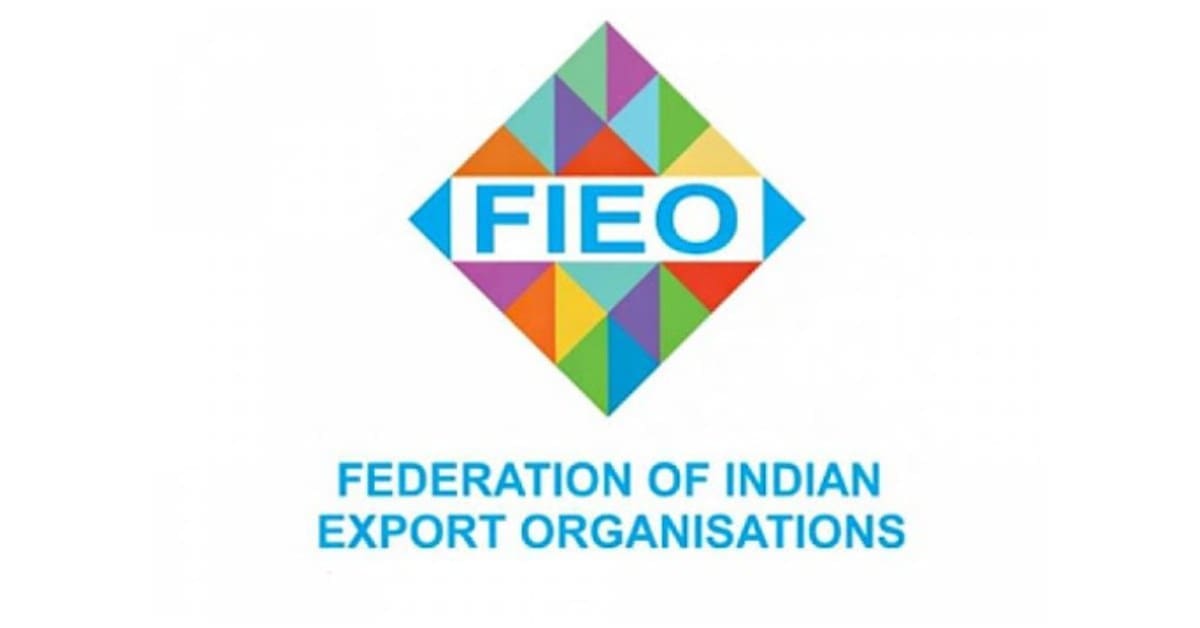For the first time, India’s export crossed the $100-billion mark in the quarter ending September. With this rise, the prolonged container shortage has also posed a formidable challenge for Indian exporters. To know more about these challenges, Business Today’s Rajat Mishra spoke to Ajay Sahai, Director General & CEO of the Federation of Indian Export Organisations (FIEO).
Here are the edited excerpts of the interview:
i). India reported $101.89 billion worth of exports in the quarter ending September. This is the first time the net exports have been at this level. Is this a sustainable trend?
Ajay Sahai: It’s a quite sustainable trend and we would like to accelerate further because the demand booking position of Indian companies is extremely robust. The world is looking towards China, and India is definitely on the radar. The $100 billion figure would have been more if we had not suffered the logistics challenges, particularly the shortage of containers, the lack of space and skyrocketing trade.
So, looking at the trends, we are confident to touch $400 billion exports this year. And since the production is now backed by PLIs (production linked incentives), we are looking towards $2 trillion worth exports — $1 trillion from the goods side and $1 trillion from services by 2027-28.
ii). What’s the current situation when it comes to container shortage? Will it get worse?
Ajay Sahai: As far as the container shortage situation is concerned, it’s a global phenomenon and every country in the world is facing this problem. One can say this is the COVID-19 impact only, which has disrupted the supplies. Across the world, there is a huge backlog. If you look at the US and other countries, ships are waiting for birthing for the last 40-45 days. The situation is grave in Europe as well. So first of all, it’s a global phenomenon. And therefore, unless we are through this adverse impact of the pandemic, I’m not seeing much improvement. We are also encouraging products that can move from container to bulk or break-bulk cargo. The container movement is now regularly monitored by the government to see the shortage should not come in the way of India’s exports. We have been lucky so far, and the numbers show we are managing it.
iii). Commerce and Industry Minister Piyush Goyal wants both goods & services exports from India to touch $1 trillion each. What are the roadblocks?
Ajay Sahai: The biggest challenge we’ll face is not something the government would change. The Indian exporters will have to chip in because if we want to earn trillion-dollar merchandise and billion-dollar services, we have to align our exports. Unfortunately, if you look at the global imports, electronics, machinery and automobile collectively contribute to roughly 85 per cent of the global imports. The imports size is around $6.6 trillion in this segment, and India’s share is just 0.8 per cent.
So, if we aim for $1 trillion export, it may not be possible with the traditional sectors. They are extremely important as they generate huge employment. That’s why the new foreign trade policy has to be two-pronged. Coming back to the supply side, logistics cost is making Indian exports uncompetitive. If we can reduce it, it will provide much-needed competitiveness.
iv). Many say RoDTEP has not met the exporters’ expectations because many export products, which enjoyed benefits under MEIS, are now kept outside the scheme’s ambit and the rates notified are too low. Do you feel the same?
Ajay Sahai: Many industry segments may be disappointed, but they should also appreciate that RoDTEP is a duty refund scheme, whereas MEIS was a promotional scheme. RoDTEP was switched into WTO discipline, while MEIS was not, so comparing the two would not be logical. Of course, some sectors feel they are entitled to a higher rate. And they have been given a lower rate; we have told them to bring more comprehensive data, which can be viewed to see if the rate hike is justified or not. This is an evolving scheme, and I’m sure the rates can be increased during the review. But issues raised by some sectors are genuine, which have been excluded from that ambit like iron steel articles, pharma, organic chemicals and inorganic chemicals.
v). What’s the export-import situation with Afghanistan now?
Ajay Sahai: Export-import is still a challenge. Imports have started but it’ll take some time before the numbers rise. But most payments that I have been told by importers are routed through Dubai as, perhaps, exporters there like to keep the money outside the management’s purview. Exports are happening but with uncertainty. Due to the lack of banking practices in Afghanistan, and the depreciation of the Afghani rupee, export is a challenge.

